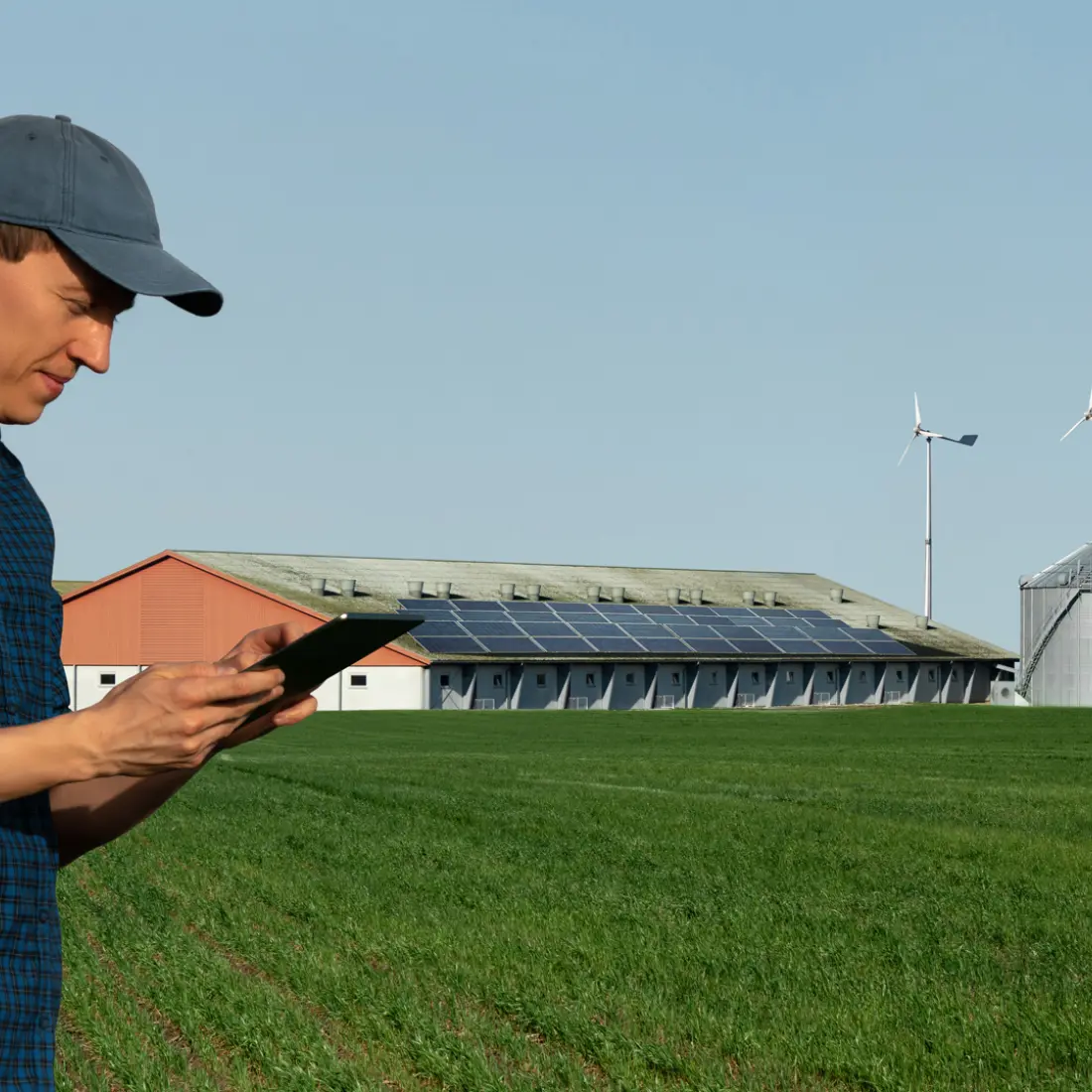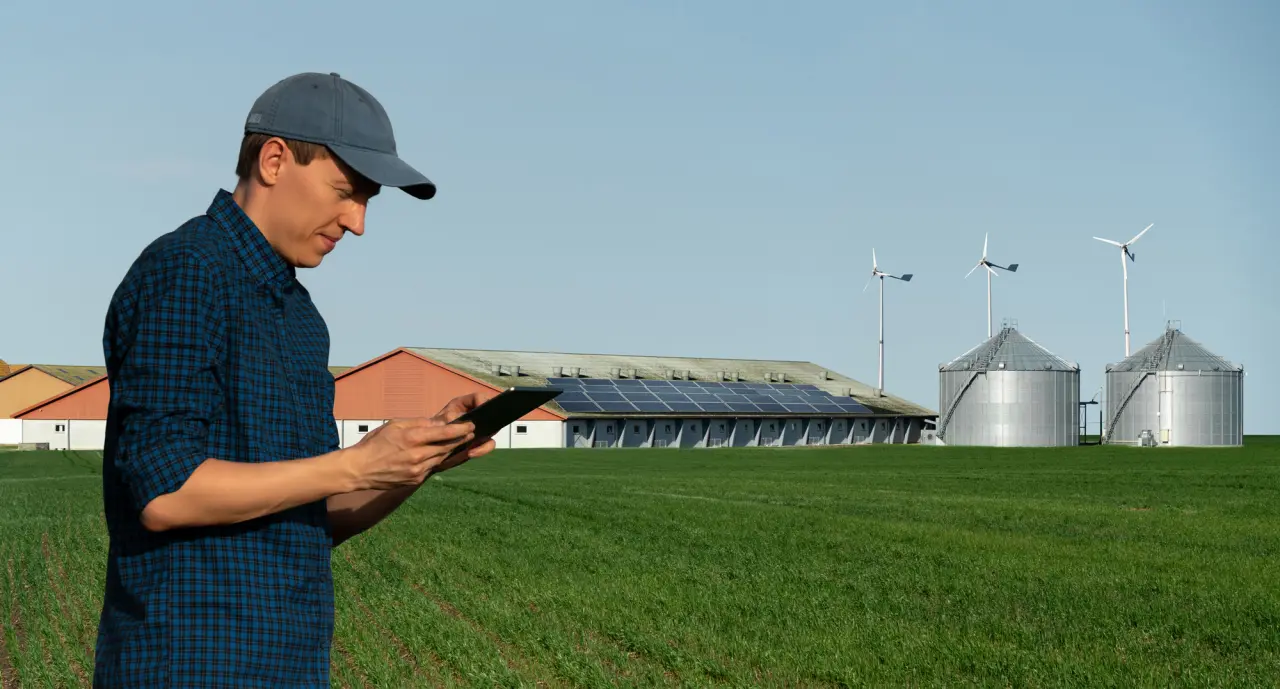Emerging innovations in post-harvest technology


Since ancient times, agriculture has been a beneficiary of innovation and invention. From irrigation to fertilizer to refrigeration, many technologies have been developed and implemented in efforts to make agriculture safer and more efficient. This continues today, with agriculture making use of robotics, AI, and other technology to improve crop yields and reduce environmental impact.
Crops have different needs at different stages of growth, with different technologies being used to assist pre- and post-harvest. Post-harvest technology refers to the processes and techniques used to process and store agricultural products after they have been harvested. This technology helps to address challenges and offers new benefits and possibilities. Let's deep dive into emerging innovations in post-harvest technology.
Current challenges in post-harvest processes
After crops have been harvested, they need to be handled and stored properly to prevent costly damage. For example, improperly stored crops can spoil or become infested with pests. All of these can impact profitability and reduce the usable crop for a community that may be depending on it. There are numerous challenges to overcome with crops post-harvest.
Losses due to spoilage or damage
According to the USDA, between 30% and 40% of the food supply is wasted. This occurs at various points of the supply chain due to factors like transportation complications, pest infestations and malfunctioning refrigeration. However, spoilage is one potential issue that can occur at every step along the way.
Inefficient handling and storage
Traditional post-harvest crop storage can suffer from inefficiencies. Proper handling, transportation and storage can be time-consuming and all require sufficient labor. This means they are also prone to human error, which could result in crop damage, contamination or overall loss.

Innovative advances in post-harvest technology
Many technologies have been developed and are emerging to revolutionize post-harvest processes, potentially increasing efficiency and reducing costly crop losses. These technologies represent some cutting-edge advances that support crops in a number of ways, including during transportation, storage and other stages.
Internet of Things (IoT) sensors
Interconnected sensors can help track and communicate details through the Internet of Things (IoT). These sensors help monitor humidity, temperature, and other storage conditions or transportation conditions. This monitoring can help prevent premature spoilage.
The IoT can also help provide real-time data on environmental conditions, which is important for supporting climate-resilient crops.
Automation and robotics
The use of automation and robotics in post-harvest processes enhances efficiency, reduces labor costs, and minimizes human error. These technologies assist with various stages of the harvest chain, from robotic fruit picking to packaging and distribution.
Examples of robotics and automation in post-harvest include:
- Robotic navigation: automated robots can navigate on their own and assist in tasks like transportation and warehouse sorting.
- Optical sorting: high-resolution cameras and sensors allow this technology to identify defects and foreign objects, and sort based on ripeness and other qualities.
- Robotic case packing: robots can pick up and place produce into shipping or storage crates at high speeds. They often use optical sensors to ensure proper orientation and gentle handling.
While many of these robotics systems are pre-programmed, there are also opportunities for more sophisticated technology to make adjustments on the fly through the use of AI and machine learning.
Machine learning and artificial intelligence (AI)
The use of machine learning and AI helps to optimize storage conditions for different types of produce. Machine learning algorithms can predict the optimal temperature and humidity levels for different types of produce, through the use of historical data and real-time sensor data.
AI can help manage inventory by predicting optimal stock rotation or when it is best to sell or process produce based on its predicted shelf life. This can be particularly useful for agricultural operations dealing with large perishables.
Predictive analytics
Often useful alongside or integrated with machine learning and AI, predictive analytics models can forecast the spoilage rates of different types of produce by analyzing factors like temperature, humidity and the initial quality of the produce. These predictions can help to better plan storage durations in order to minimize waste.
Solar-powered technology
Efforts like safe storage of harvested crops can draw a lot of power due to refrigeration and transportation. Photovoltaic solar panels offer a solution for farmers to reduce some of these energy costs.
Through modern technological advancements like site selection software, farmers can identify the most effective locations for solar panels in order to maximize their power yield.
Benefits of post-harvest technology
Post-harvest technology can provide additional data and insights that further improve agriculture. More detailed information provides a better understanding of potential issues and areas of improvement, allowing for more efficient harvesting and farming all around.
Reducing losses and waste
Using technology to more efficiently store crops can help identify issues that could contribute to spoiled or damaged crops. For example, IoT sensors can continuously monitor key environmental factors in storage facilities to help extend shelf life.
Automated systems can adjust storage conditions in real time based on this data. For instance, if the temperature in a storage facility begins to rise, cooling systems can activate to prevent heat-related spoilage.
Saving time and labor costs
According to the USDA, labor costs constituted an average of 10.4% of all gross income for farms between 2018 and 2020. Farmers can make better use of this money by using automation and robots to help streamline repetitive or time-consuming tasks. Automation allows farmers to save time and money by allocating their human resources to other tasks.
Improving food safety and quality control
Careful monitoring of crop storage and transportation helps ensure optimal conditions. It can also help identify potential problems or areas for improvement, such as failing or inefficient equipment, or areas where shipping bottlenecks could result in an increased risk of spoilage.
The future outlook for post-harvest technology
These technologies offer promising results when implemented today, but future developments could offer new possibilities, such as more sustainable overall farming practices like precision agriculture.
Successful implementation of these innovations can also benefit agricultural tourism by clearly demonstrating the benefits and how to integrate them successfully.
Bottom line
The opportunities for post-harvest technology are vast. As it stands currently, this technology offers numerous benefits for farmers looking to reduce losses and improve their usable crop yield. Future advancements will likely progress toward these efforts as technology like AI and automation become more sophisticated and capable.